9 Powerful Bodyweight Chest Exercises for 2025

Discover 9 effective bodyweight chest exercises for 2024. No equipment is needed! Build strength, definition, and muscle mass with these expert-approved exercises.
Alright! Let’s talk about the science behind the best bodyweight chest exercises. After 15+ years of diving deep into this stuff, I’ve learned a thing or two about building a strong, defined chest without using weights.
I want to provide you with a list of great exercises and more information on how to get started. Towards the end of this read, I will include information on progressive overload and a sample routine. You need to know both of these if you're unfamiliar with them!
Benefits of bodyweight training for chest development.
I will tell you this: I have received compliments from friends on how big my chest is, and they are usually surprised when I tell them it’s all from bodyweight exercises.
Bodyweight exercises are fantastic for chest development because they engage multiple muscle groups simultaneously, improving overall functional strength. These exercises also contribute significantly to muscle growth by incorporating various workout techniques, adjusting volume, and focusing on both eccentric and concentric phases of movements.
Check out this guy Adam Frater, one of my inspirations that helped me pursue bodyweight-only training. When I came across his platform, I knew building a nice chest with bodyweight chest exercises was possible.
Let's chat about chest muscle anatomy before you start hitting the chest-building exercises.
Your chest isn't just one big slab of muscle – it's actually made up of two main parts: the pectoralis major and the pectoralis minor.
It's divided into three sections:
The clavicular head (upper chest)
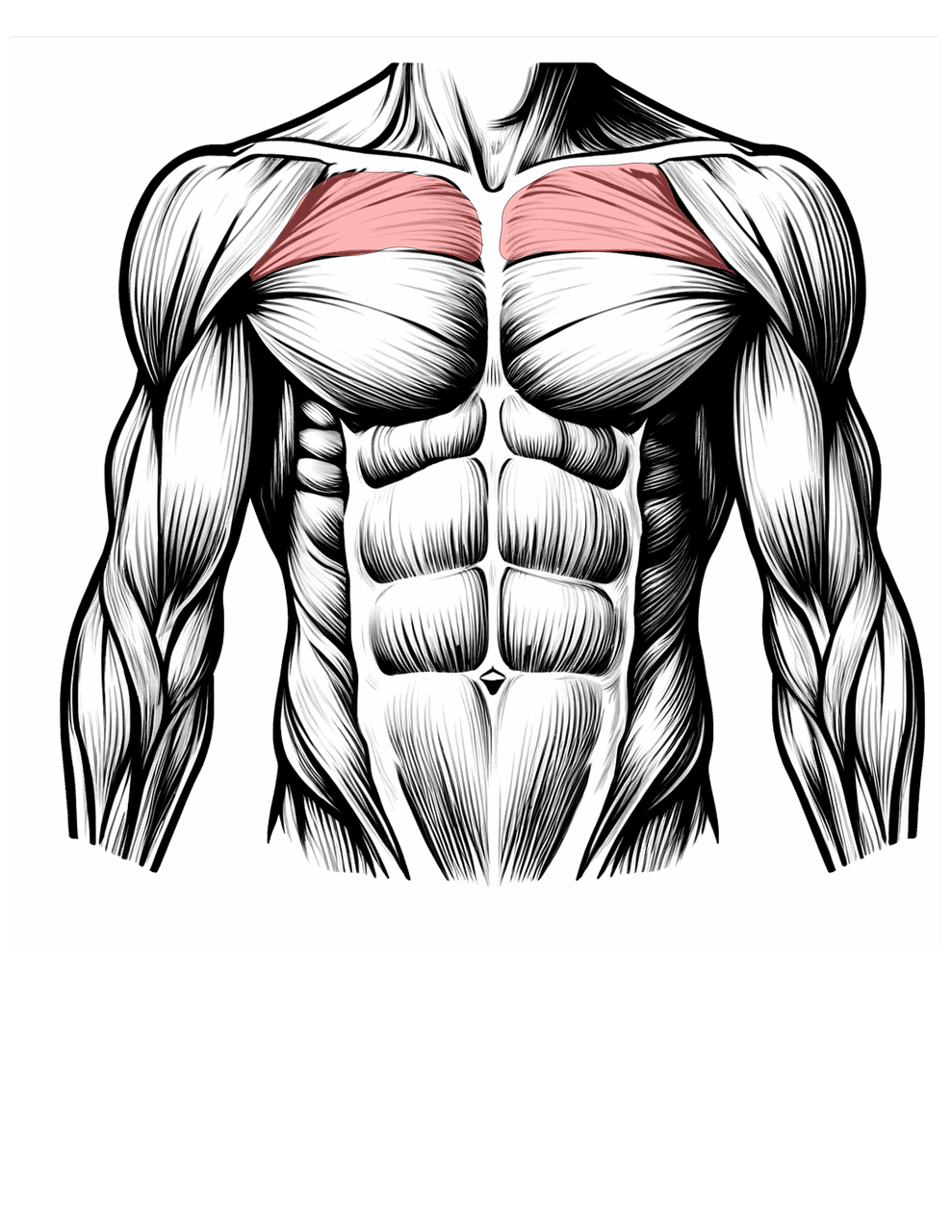
The sternal head (mid-chest)

The abdominal head (lower chest)
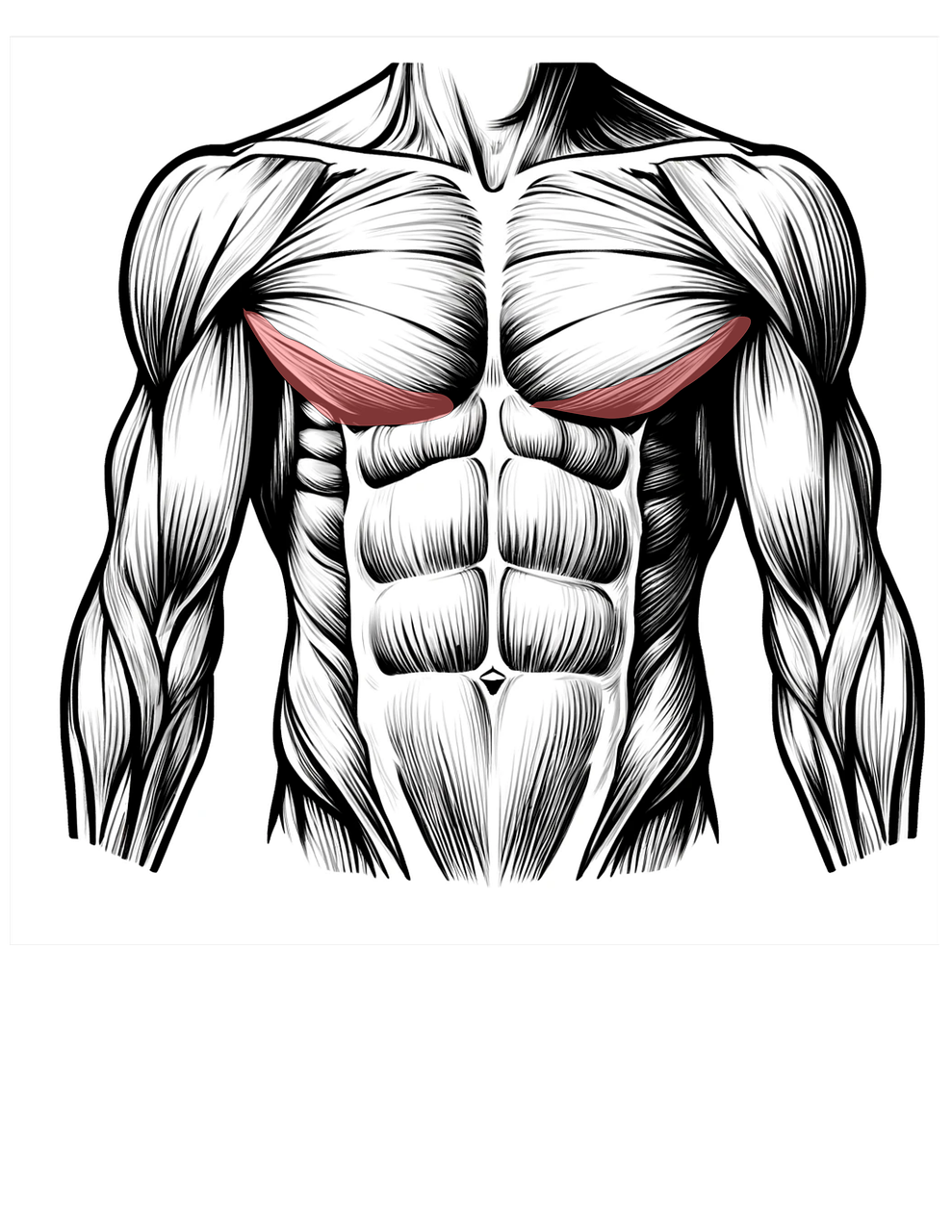
The pec minor, on the other hand, is a smaller muscle that sits underneath the pec major.
Understanding this anatomy is crucial because it helps you effectively target different areas of your chest. For example, I remember when I first started out, I was doing standard push-ups all day, every day. My mid-chest was growing, but my upper chest was lagging behind.
Once I learned about the different parts of the pec, I started incorporating decline push-ups to hit that upper chest, and boom! My chest started looking more balanced and defined.
Don't forget the Fundamentals: Master the basics to build a strong foundation.
Mastering the fundamentals of push-ups is essential to build a strong foundation for bodyweight chest exercises. A proper push-up position involves engaging your core, keeping your body in a straight line from head to heels, and lowering your body until your chest is just above the ground. Maintaining proper form throughout the entire range of motion is crucial to avoid injury and ensure effective muscle engagement.
Let's dive into the top 9 bodyweight chest exercises for maximum results!
I've tried just about every chest exercise under the sun, and these are the ones I recommend.
1. First up, we've got standard push-ups and variations.
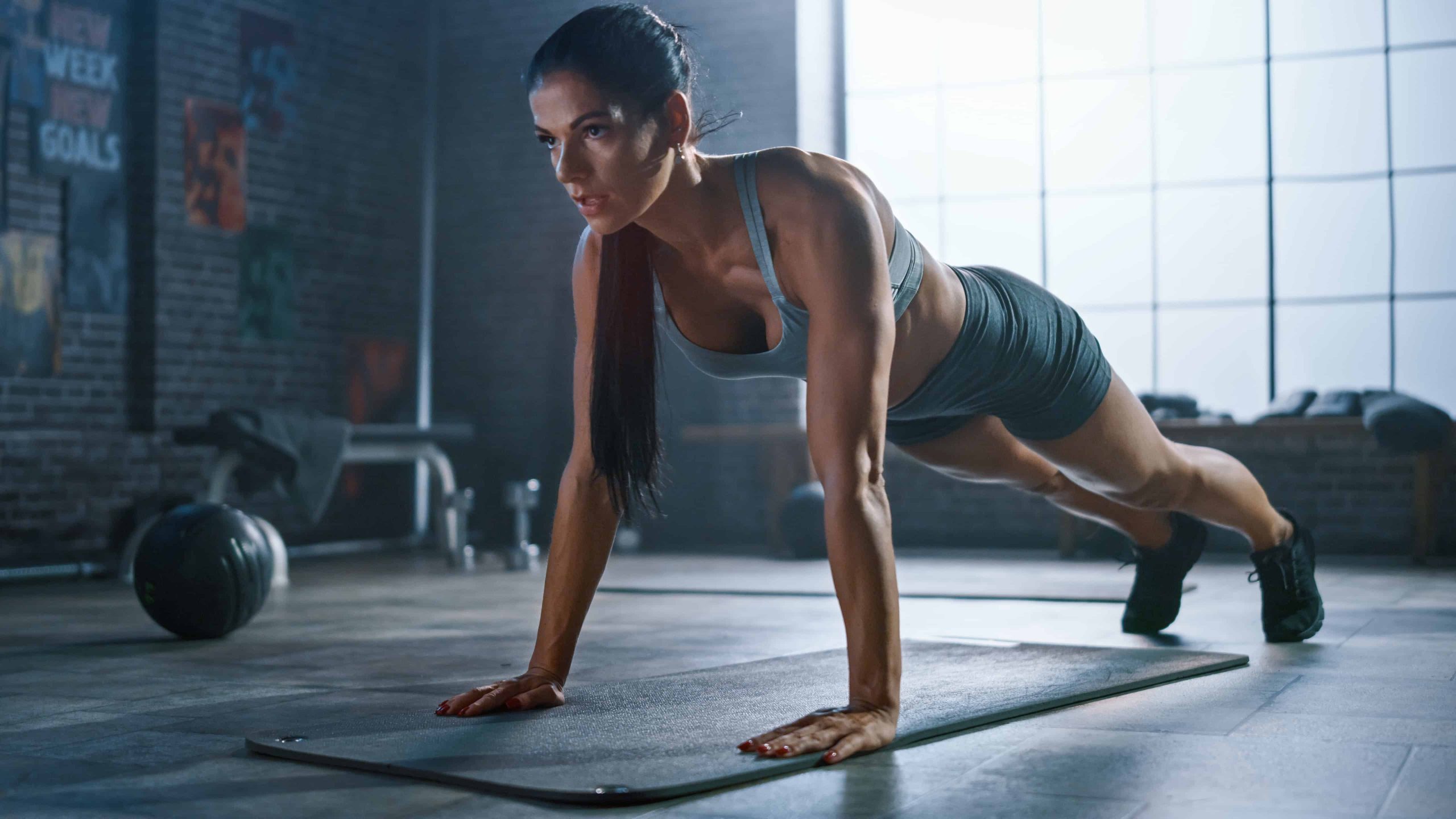
I can’t tell you how many push-ups I’ve done over the years, but they’re still a staple in my routine. The beauty of push-ups is their versatility. Starting from the standard push-up position, you can do them anywhere, anytime. The key is to keep your core tight and your body in a straight line. Don’t let those hips sag!
2. Next, we have diamond push-ups for inner chest targeting.
These bad boys are tough, but they're great for hitting that inner chest. When I first tried these, I face-planted after just a couple of reps. It was not my finest moment! But with practice, they've become one of my favorite exercises. The trick is to keep your hands close together, forming a diamond shape with your thumbs and index fingers.
3. Decline push-ups for upper chest emphasis are a game-changer.
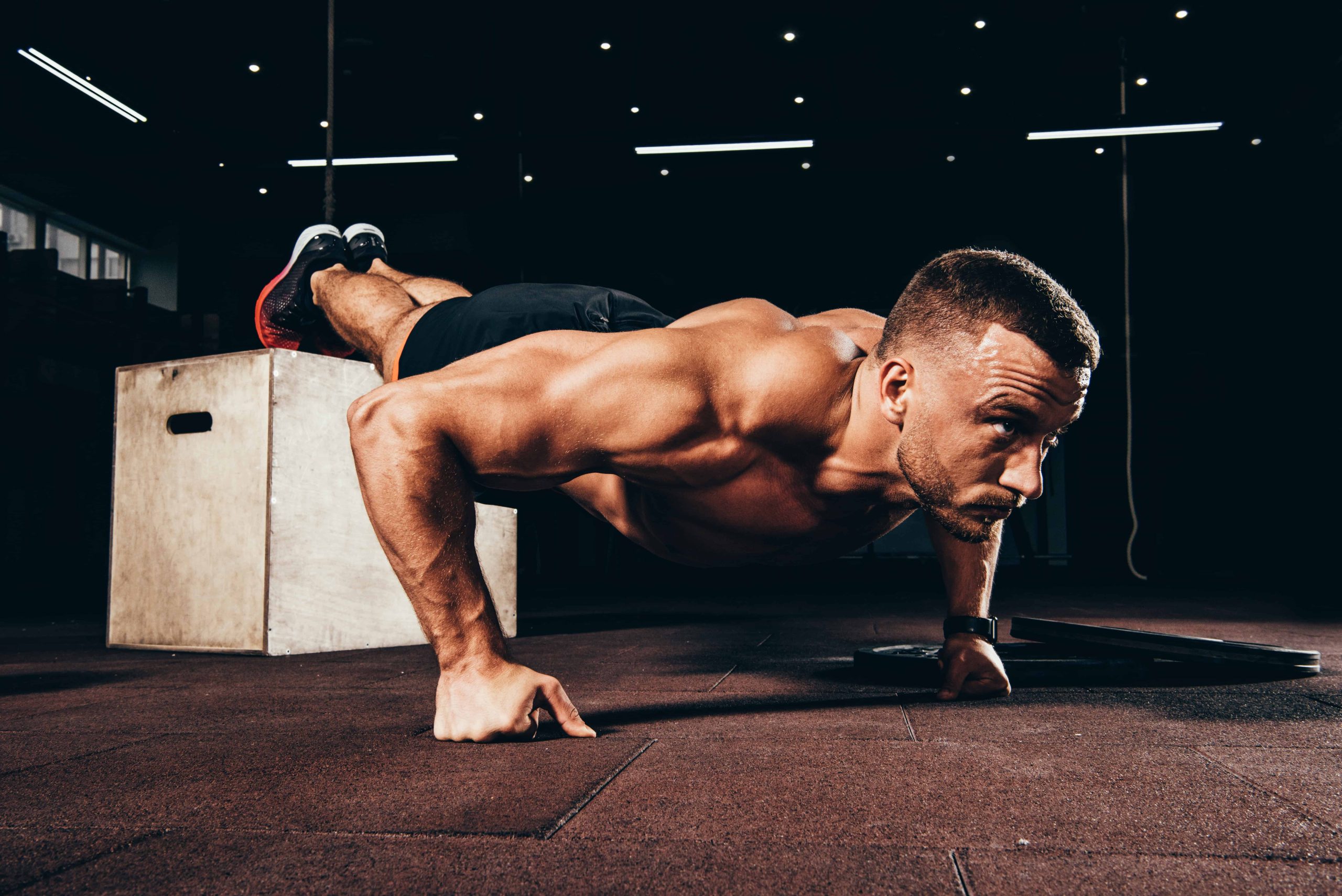
I struggled to develop my upper chest until I started incorporating these into my routine. I think they are my favorite now. You can use a bench, a chair, or even a stack of books to elevate your feet. This is an essential exercise for the aesthetics of the chest. The important thing here is to focus on keeping your core engaged, and not let your waist begin to sag.
4. Plyometric push-ups for explosive power are not for the faint of heart.
These are all about generating maximum force in minimum time. Starting out, you might want to avoid the full clap push. Our top priority is to build muscle while preventing any injury we can. Instead, start out with an explosive push-up with a slight hop. As you get stronger, you can advance to the clap push-up.
5. Wall push-ups for beginners are a great starting point if standard push-ups are too challenging.
(Also known as an incline push-up). I often recommend these to friends who are just starting their fitness journey. They're less intimidating and help build the strength needed for floor push-ups. Plus, you can do them during commercial breaks while watching TV!
They are also an excellent warm-up exercise. I like to do these to warm up before my push days.
6. Dips for lower chest development are fantastic, but they can be tricky if you don't have parallel bars.
These are more of a lower chest exercise than a triceps one. Yes, they are a compound movement, but if done correctly, the emphasis on this movement is on the chest. I've used everything from the corner of my kitchen counter to two sturdy chairs. Just make sure whatever you're using can support your weight. I wouldn't recommend using two folding chairs unless you like taking a crash.
7. Try archer push-ups if you want more of a challenge
First of all, it sounds cool when you tell someone you can do archer push-ups. I've always loved this version of a push-up for multiple reasons. Number one, it's a smooth movement focusing more on one side of the chest at a time. Two, it is a good beginner movement to train for one-handed push-ups.
8. Isometric chest holds for time under tension are brutal but effective.
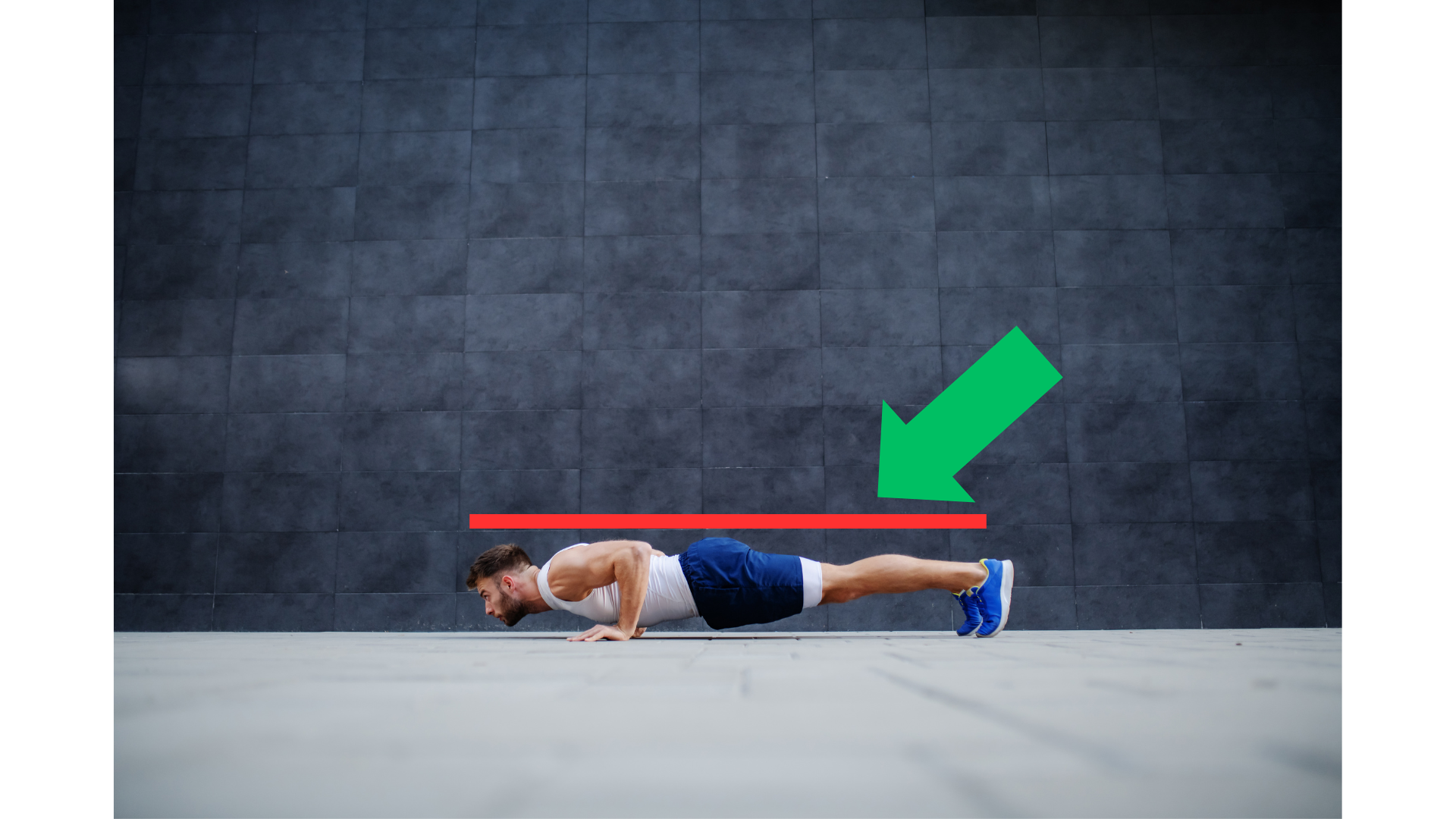
Try holding the bottom position of a push-up for 30 seconds. The first time I did this, I shook like a leaf after just 15 seconds. But over time, I've built up the time I can hold it. It's a great way to feel the mind-muscle connection we discussed earlier.
9. Finally, we have rotational push-ups for chest and core engagement.
These upper body exercises are advanced, so don’t worry if you can’t do them right away. But with practice, they can become a more challenging variation for you to try. They’re great for hitting the chest from different angles and working out your core.
Remember, consistency and proper form are crucial to progressing with these exercises.
I certainly couldn’t when I started! Start with the exercises you can do, focus on good form, and gradually increase the difficulty as you get stronger.
These 9 exercises have been the cornerstone of my chest development over the years. Use these to hit all areas of your chest. Mix and match them in your workouts; I guarantee you’ll see (and feel) results.
How to Program Bodyweight Chest Exercises: Create a balanced and effective routine.
Programming bodyweight chest exercises requires a balanced and effective routine that targets all areas of the chest muscles. A well-structured routine should include exercises targeting the upper, middle, and lower chest muscles.
Proper form and technique.
This is where I see a lot of people go wrong, and it can lead to lackluster results or even injury. Here are some tips I've picked up over the years:
- Keep your core tight: This protects your lower back and helps maintain proper alignment.
- Full range of motion: Lower your chest all the way down in push-ups. Half reps equal half results.
- Elbows at 45 degrees: Don't let your elbows flare to the sides during push-ups. Keep them at about a 45-degree angle to your body.
- Breathe: Exhale during the exertion (pushing up), and inhale during the lowering phase.
- Squeeze at the top: Focus on squeezing your chest muscles at the top of each rep.
I remember when I first started focusing on proper form, my reps went down dramatically. But stick with it! Better form means better results in the long run.
Mind-muscle connection.
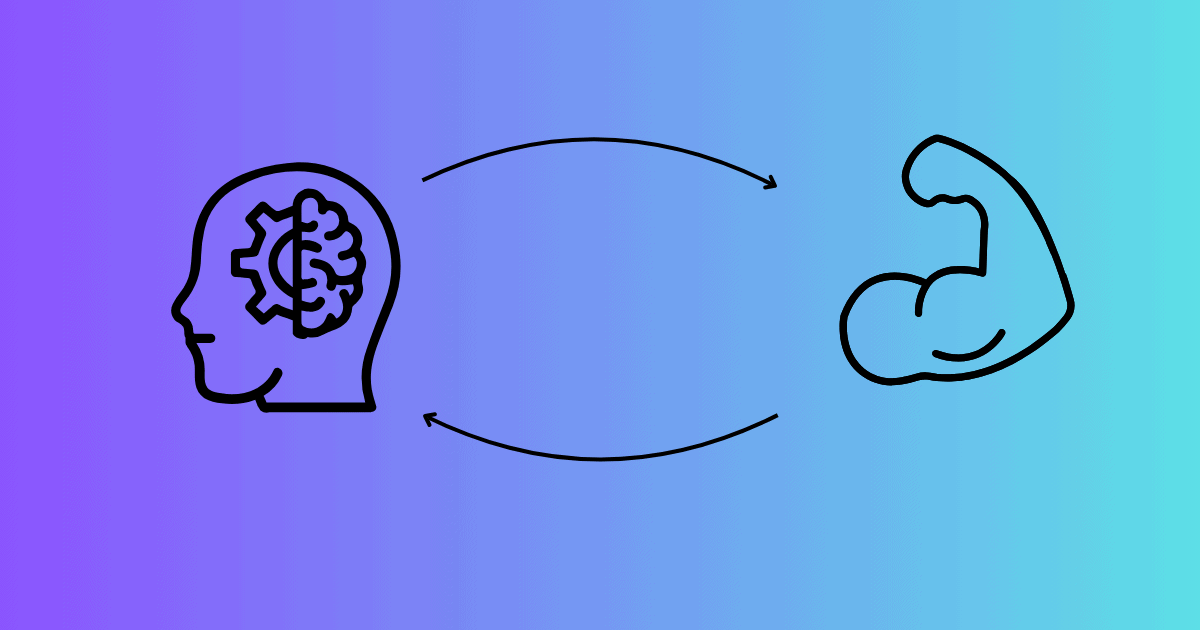
The mind-muscle connection refers to your ability to focus on and "feel" a specific muscle working during an exercise. For chest workouts, this means really concentrating on your pecs as you perform each rep.
I used to go through the motions during my workouts, but I noticed a big difference when I started focusing on my chest muscles during each push-up.
Try this: during your next set of push-ups, imagine your chest muscles squeezing together as you push up, and stretching as you lower down. It takes practice, but once you get it, you'll feel your chest working like never before.
To create a balanced routine, start by selecting 3-4 exercises targeting different chest muscle areas.
For example, you can include push-ups, incline push-ups, decline push-ups, and dips. Aim to perform 3-4 sets of 8-12 reps for each exercise, and rest for 90 seconds between sets. This approach ensures that you’re hitting all parts of your chest for a well-rounded development.
Some sample routines would look like this:
Beginner Exercise List | Sets | Reps/Sec |
|---|---|---|
Push Ups | 3 | 8-10 |
Incline Push ups | 3 | 8-10 |
Isometric Holds | 2 | 30 (Sec) |
Intermediate Exercise List | Sets | Reps |
|---|---|---|
standard push-ups | 3 | 10-15 |
diamond push-ups | 3 | 8-12 |
dips (using chairs or a dip station) | 3 | 8-12 |
decline push-ups | 3 | 8-12 |
Advanced Exercise List | Sets | Reps/Sec |
|---|---|---|
decline push-ups | 3 | 10-12 |
Archer Push ups | 3 | 10-12 |
Dips | 3 | 10-12 |
plyometric push-ups | 3 | 10-12 |
Isometric holds in push-up position | 2 | 30 (Sec) |
Remember, these are just templates. Feel free to mix and match exercises based on what works best for you!
It’s also essential to incorporate progressive overload into your routine by increasing the difficulty of the exercises as you get stronger.
This can be achieved by adding more reps, sets, or exercises or decreasing rest time between sets.
For instance, if you start with 3 sets of 10 push-ups, aim to increase to 3 sets of 15 push-ups over time. Alternatively, you can progress to more challenging variations like diamond push-ups or one-arm push-ups.
This was a game-changer for me. But how do you do that without weights? Well, there are several ways:
- Increase reps: Start with 3 sets of 8 push-ups, then gradually work up to 3 sets of 12, then 15, and so on.
- Increase time under tension: Slow down your reps, especially on the eccentric (lowering) phase.
- Change the angle: Elevate your feet for decline push-ups to make them harder.
Remember to balance your chest exercises with other bodyweight movements to prevent muscle imbalances and reduce the risk of injury.
Recap:
Let's simply recap and highlight what you need to remember.
- Focus on proper form: Proper form is essential to ensure effective muscle engagement and avoid injury. Make sure to engage your core, keep your body in a straight line, and lower your body until your chest is just above the ground.
- Incorporate progressive overload: Progressive overload is essential to build muscle and increase strength. Increase the difficulty of the exercises as you get stronger by adding more reps, sets, or exercises, or by decreasing rest time between sets.
- Target all areas of the chest muscles: A well-structured routine should include exercises that target all areas of the chest muscles, including the upper, middle, and lower chest muscles.
- Incorporate variety: Incorporate variety into your routine by including different exercises and variations. This will help keep your workouts interesting and prevent plateaus. Try mixing in exercises like plyometric push-ups, dips, and rotational push-ups to challenge your muscles in new ways.
- Rest and recovery: Rest and recovery are essential to build muscle and increase strength. Make sure to rest for 60-90 seconds between sets and allow your muscles time to recover between workouts. Adequate sleep and nutrition also play a crucial role in muscle recovery and growth.
By following these tips, you can ensure that your bodyweight chest exercises are effective and efficient, helping you achieve your fitness goals faster.
